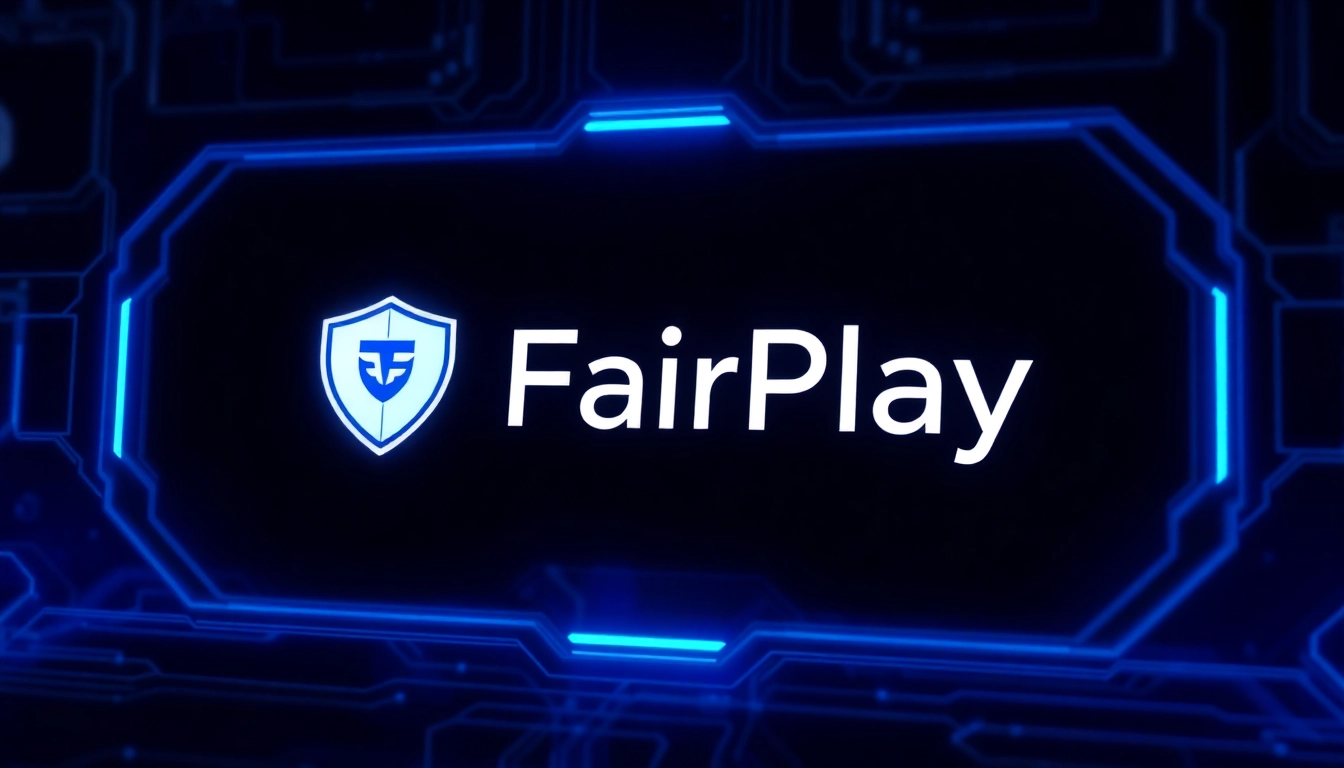Understanding the Foundations of Crypto Mining
Crypto mining stands at the heart of blockchain technology and the cryptocurrency ecosystem. It is the process that validates transactions, adds them to the blockchain ledger, and in many cases, introduces new coins into circulation. As the backbone of decentralized digital currencies such as Bitcoin and Ethereum, crypto mining ensures the security, transparency, and integrity of blockchain networks. For newcomers and seasoned investors alike, understanding the core principles behind crypto mining is essential to navigating this rapidly evolving industry. This article provides a comprehensive deep dive into crypto mining, covering technical foundations, hardware considerations, setup strategies, profitability metrics, advanced scaling techniques, and the legal-security landscape.
To explore further insights, visit crypto mining and see how innovative tools and resources can help optimize your mining investments.
What is crypto mining and how does it work?
At its core, crypto mining involves solving complex mathematical problems using powerful computational hardware. This process, known as Proof of Work (PoW) in many cryptocurrencies, confirms the legitimacy of transactions and maintains the integrity of the blockchain. Miners compete to find a specific cryptographic value called a ‘hash’ that meets predetermined difficulty criteria. Once a valid hash is discovered, it is broadcast to the network, and the block containing the transaction data is added to the blockchain. Miners then receive block rewards in the form of new cryptocurrency coins, incentivizing continued participation.
The mining process combines steps such as transaction verification, cryptographic hashing, and consensus validation, forming a multi-layered security and trust mechanism that is crucial for decentralized cryptocurrencies.
Technical overview of mining procedures
- Transaction validation: Miners verify that transactions conform to network rules, such as sufficient balance and digital signatures.
- Block formation: Valid transactions are bundled into a block which miners attempt to add to the blockchain.
- Hash calculation: Miners perform trillions of hash computations to find a target hash below a numerical threshold, solving the cryptographic puzzle.
- Broadcast and consensus: When a miner finds a successful hash, the new block is broadcast for network validation and addition.
This process is continuous, creating a competitive environment where miners race to validate transactions and earn rewards.
The role of blockchain technology in mining
Blockchain technology underpins every aspect of crypto mining. It is a distributed, immutable ledger that records every transaction transparently across multiple nodes. Each block in the chain contains a list of validated transactions, a timestamp, a nonce (a variable for cryptographic computation), and a reference to the previous block’s hash, forming an unbreakable chain.
miners contribute to maintaining this chain by solving computational puzzles that secure the network from fraud and malicious attacks. Their work confirms transaction authenticity and ensures the chronological order and integrity of data. Efficient and secure, blockchain technology’s decentralized nature means that no single entity controls the network, making it resistant to censorship or single points of failure.
This synergy between blockchain and mining creates an environment that exemplifies transparency, security, and decentralization—principles fundamental to cryptocurrencies’ appeal.
Types of mining hardware: ASICs vs. GPUs
Selecting the appropriate hardware is critical for effective crypto mining. The two principal types of mining hardware are Application-Specific Integrated Circuits (ASICs) and Graphics Processing Units (GPUs), each with distinct advantages and limitations.
ASIC Miners
ASICs are specialized hardware designed explicitly for mining certain cryptocurrencies, primarily Bitcoin. They are optimized for maximum performance in executing hash algorithms, offering unparalleled speed and efficiency. ASIC miners are highly energy-efficient but come with significant upfront costs and limited flexibility, as each device is tailored for a particular algorithm. Popular ASICs include models from BITMAIN and MicroBT, which dominate Bitcoin mining farms worldwide.
GPUs (Graphics Processing Units)
GPUs are versatile hardware initially developed for rendering graphics but excel at parallel processing tasks like mining different cryptocurrencies, including Ethereum and altcoins. They are more adaptable than ASICs, allowing miners to switch between different encryption algorithms. GPUs tend to have higher initial costs and lower energy efficiency but offer flexibility in mining multiple coins without hardware replacement. Major manufacturers like NVIDIA and AMD produce GPUs favored by miners.
Understanding the hardware landscape helps in making informed decisions based on budgets, target coins, and long-term profitability goals.
Setting Up Your Crypto Mining Infrastructure
Choosing the right mining equipment
Starting a crypto mining operation requires meticulous selection of hardware. Your choice depends on factors such as the cryptocurrency you aim to mine, budget constraints, energy costs, and scalability plans. For Bitcoin and other PoW coins with high difficulty levels, ASIC miners are the optimal choice due to their performance efficiency. Conversely, for altcoins or diversified mining strategies, GPUs offer a flexible and affordable solution.
Additionally, consider the hardware’s hash rate—the measure of computational power—and power consumption. Higher hash rates yield better chances of solving blocks promptly, but excessive energy use can diminish profit margins. Conduct thorough pre-purchase research, compare models, and read user reviews to choose hardware that balances cost, quality, and expected lifespan.
Establishing a cost-effective and energy-efficient setup
Energy costs often represent the biggest operational expense in crypto mining. To maximize profitability, setting up an energy-efficient infrastructure is paramount. Strategies include:
- Locating your mining farm in regions with low electricity rates, ample renewable resources, or existing industrial infrastructure.
- Implementing cooling solutions such as immersion cooling or optimized airflow to prevent hardware overheating and reduce energy consumption.
- Using high-efficiency power supplies rated at 80 Plus Gold or higher for reduced energy waste.
- Considering renewable energy sources—solar, hydro, or wind—to lower long-term operational costs and enhance sustainability.
Besides hardware choices, ensuring that your facility’s electrical wiring is robust and compliant with safety standards helps prevent outages and equipment damage, which can be costly.
Popular mining software and pools to consider
Mining software acts as the interface between hardware and the network, managing tasks like job distribution, hardware monitoring, and payout processing. Some popular options include CGMiner, BFGMiner, EasyMiner, and NiceHash. These platforms support a variety of hardware types and provide user-friendly dashboards for performance tracking.
Mining pools are collective mining groups that combine computational power to increase chances of earning rewards faster and more predictably. Notable pools include F2Pool, Slush Pool, and AntPool. When selecting a pool, consider factors like pool size, fee structure, payment schemes (PPS, PPLNS, etc.), and geographical server locations to minimize latency and maximize payout efficiency.
Profitability and Efficiency in Crypto Mining
Analyzing mining profitability and ROI
Calculating profitability involves assessing several components: hardware costs, energy expenses, maintenance, and expected rewards. Tools like profitability calculators from NiceHash and WhatToMine provide valuable insights based on current network difficulty, coin prices, and hardware specifications.
Key performance metrics include:
- Hash rate: Speed at which your hardware can solve cryptographic puzzles.
- Power consumption: Total energy used in kilowatts (kW).
- Electricity cost: Local rate per kWh.
- Block reward & difficulty: The amount of coins awarded per block and the network’s current difficulty level.
To maximize ROI, continuously monitor these inputs, regularly update software and firmware, and optimize hardware configurations. Periodic reevaluation is vital in a volatile market where coin prices and network parameters fluctuate rapidly.
Monitoring and optimizing mining performance
Use advanced management tools and dashboards to track real-time hash rates, temperature levels, and energy consumption. Regular hardware maintenance, firmware updates, and overclocking can yield performance improvements. Some professional miners use automation solutions that dynamically adjust clock speeds and power limits based on market conditions to optimize efficiency and avoid overheating.
Furthermore, analyzing historical data can help identify trends, peak performance times, and periods of reduced profitability, enabling strategic decision-making regarding when to scale up or pause operations.
Managing risks: market volatility and regulatory considerations
The profitability of crypto mining is inherently tied to cryptocurrency market prices, which are highly volatile. Price drops can quickly erode margins, making cost management and diversification critical. Additionally, regulatory developments—such as bans, sourcing restrictions, or tax policies—can impact operations significantly. Staying informed about local laws and engaging with industry associations help in proactive compliance and risk mitigation. Insuring hardware against unforeseen damages and cyber threats further shields investments.
Advanced Strategies for Scaling Your Mining Operations
Cloud mining vs. physical hardware investments
Scaling mining operations involves choosing between cloud mining and expanding physical infrastructure. Cloud mining allows investors to rent hashing power from remote data centers, offering a lower barrier to entry and reduced maintenance responsibilities. However, it often comes with opaque fee structures and lower transparency regarding hardware performance.
Physical hardware investments entail onsite setup and management but provide greater control over equipment, energy sources, and profitability. Large-scale miners often opt for a hybrid approach—leveraging cloud services for quick expansion while owning hardware for long-term, stable income streams.
Leveraging automation and management tools
Automation is key to efficient scaling. Industrial-scale operations benefit from centralized dashboards, remote monitoring, and automated maintenance routines. Software solutions like Hive OS, Awesome Miner, and NiceHash’s management platform enable miners to optimize configuration settings, perform batch updates, and respond swiftly to hardware failures or fluctuating market conditions. Automation reduces operational downtime and enhances overall profitability.
Future trends: sustainable mining and innovation
Environmental concerns are driving innovation in crypto mining. Sustainable mining practices—such as utilizing renewable energy sources, adopting immersion cooling, and developing energy-efficient hardware—are gaining traction. Industry leaders are investing in research to reduce energy footprints and develop eco-friendly consensus mechanisms like Proof of Stake (PoS), which require significantly less energy than PoW systems.
Furthermore, integrating AI-driven analytics, blockchain innovations, and decentralized infrastructure will continue to reshape the landscape, making mining more efficient, sustainable, and accessible.
Legal and Security Aspects of Crypto Mining
Legal framework and compliance in the US
In the United States, crypto mining is generally legal but subject to a complex web of federal and state regulations. Miners must comply with tax laws, licensing requirements, and anti-money laundering policies. Regulatory clarity varies by jurisdiction; some states offer supportive environments with tax incentives, while others impose restrictions or bans.
Staying compliant involves maintaining accurate records of mining activities, reporting income appropriately, and understanding local ordinances. The recent creation of a registry of crypto mining equipment in Russia illustrates increasing regulatory oversight globally, highlighting the importance of compliance.
Preventing illegal mining activities and cyber threats
Security is paramount in protecting mining infrastructure from illegal activities and cyberattacks. Cyber threats such as hacking, malware, and DDoS attacks can disrupt operations or lead to theft of mining rewards. Implementing robust cybersecurity measures—including firewalls, encryption, and regular software updates—is crucial.
Moreover, distinguishing legal operations from illegal mining is essential in jurisdictions with strict regulations. Employing secure network configurations, monitoring access logs, and adhering to regulatory standards safeguard assets and reputation.
Protecting your mining operations with cybersecurity measures
Best practices include deploying multi-factor authentication, encrypted communications, and intrusion detection systems. Physical security—such as access controls and surveillance—complements cybersecurity safeguards. Regular vulnerability assessments and employee training contribute to a resilient security posture. As the industry faces evolving threats, continuous monitoring and adaptation are necessary to maintain a secure environment for your mining investments.


